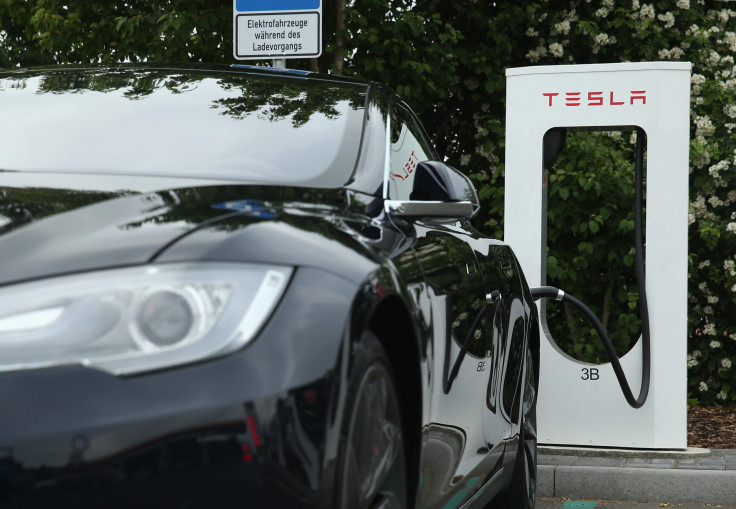Do Tesla Cars Help Mitigate Climate Change? Impact Report On Musk’s EVs Released

When it comes to electric vehicles, no other brand dominates the industry the way Tesla does despite strong competition.
Elon Musk’s groundbreaking company based in California has elevated and changed the way we see technology seamlessly immersed with renewable energy. Tesla cars, the company’s crown jewels, were all conceptualized with the environment on top of mind. Its line-up was created mostly to find a sustainable option that addresses the need for mobility and at the same time create some of the fastest and most powerful metal beasts this side of the planet.
Tesla technology is applied not only in motoring but at home as well as the company via its subsidiary, SolarCity. The company offers solar panel solutions that can be integrated into a home’s design. To date, Tesla claims that they have saved as much as 4 million tons of carbon dioxide emissions in the United States alone. This is based on tailpipe emissions reductions from historical cumulative miles via the global Tesla vehicle fleet.
But how significant is the company when it comes to mitigating climate change? In a report based on Tesla’s impact announcement, Elon Musk’s car company said that they are working hard to reduce its greenhouse gas footprint and eventually be one of the benchmarks of firms that believe in a zero-emission future.
“Over 550K Tesla vehicles have been sold, and they have driven over 10B miles to date, resulting in a combined savings of over 4M metric tons of CO2. This is the equivalent of saving emissions from being released into the environment from over 500K ICE vehicles with a fuel economy of 22 miles per gallon (MPG),” the impact report read.
The report, which is based on the figures that can also be found on the Tesla website, also shared that its Supercharger network has so far churned 595 Gigawatt-hours (GWhs) of energy to date.
From its home division, the company also said that it was able to install 3.5 Gigawatts of solar panels which have so far generated 13 Terawatt-hours of clean energy. Aside from these, even Tesla’s own operations make sure that they made use of sustainable tools to power their own facilities. For example, its Fremont factory makes use of Powerpacks while its Tilburg factory has significant solar power installation to fire up operations.
© Copyright IBTimes 2024. All rights reserved.











